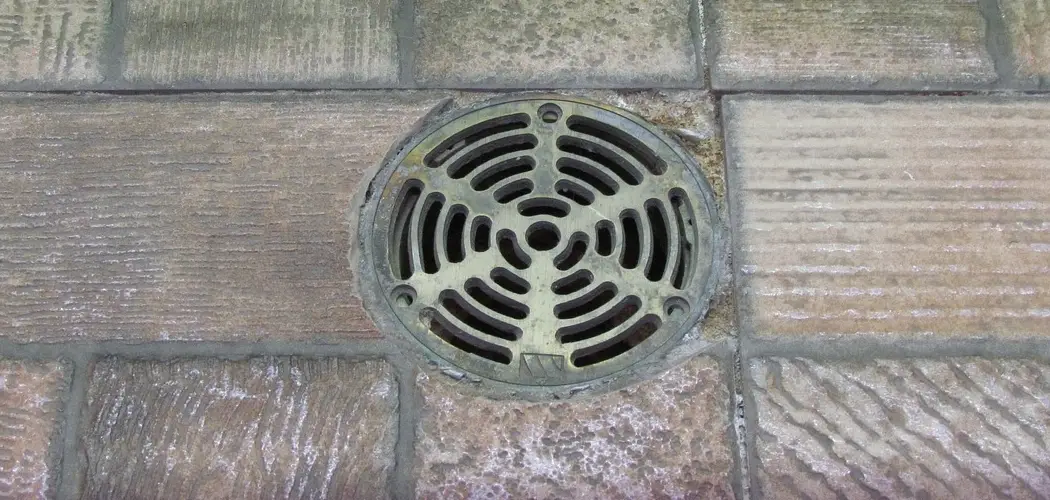Do you have a backed-up floor drain in your basement that needs snaking and don’t know how to go about it? Looking for a cost-effective way to deal with a clogged floor drain in your basement? While hiring a professional plumber is one option, snaking the drain yourself is often an easier and more affordable solution.
Don’t worry – with the right tools and knowledge, snaking a basement floor drain is not as difficult as one might imagine. In this blog post, we’ll provide you with step-by-step instructions on how to snake a basement floor drain. By following our tips and advice, you’ll be able to effectively clear any clogs without breaking the budget!
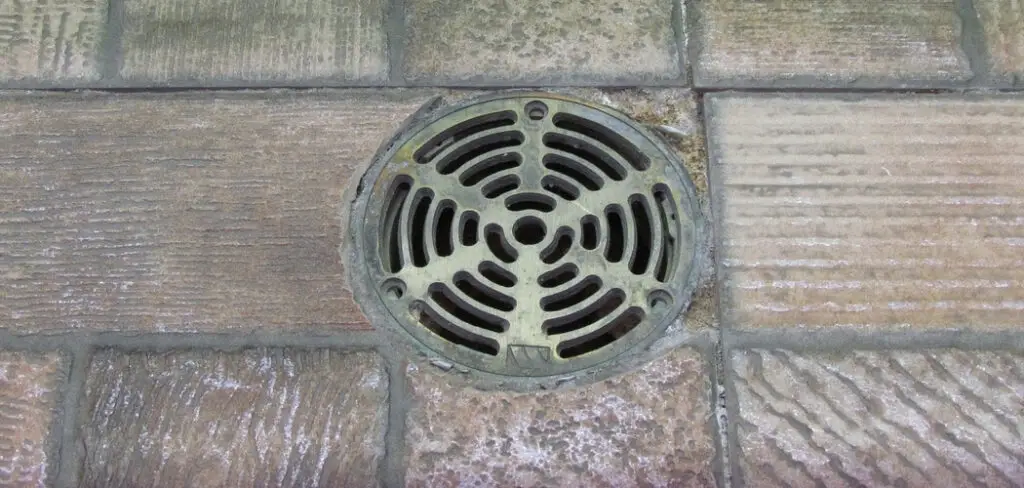
Is Snaking a Basement Floor Drain Difficult?
The answer is no. With the right tools and knowledge, it is relatively easy to snake a basement floor drain without hiring a professional plumber. You just need to know what type of snake you should use, as well as the proper safety precautions.
Things to Consider While Snaking a Basement Floor Drain
1. Type of Snake
Use the right type of snake. Make sure you use a drain auger or plumbing snake designed for the specific job at hand. An electric drain auger is often recommended, but a manual one can work just as well. Also, make sure you use the right size of snake for your pipe.
2. Safety Precautions
Before you begin snaking your basement floor drain, make sure you wear the proper safety gear such as gloves and eye protection. The blades on some snakes can be quite sharp so it pays to be extra careful. Also, never plunge a sink or toilet while the auger is in use, as this could cause serious injury.
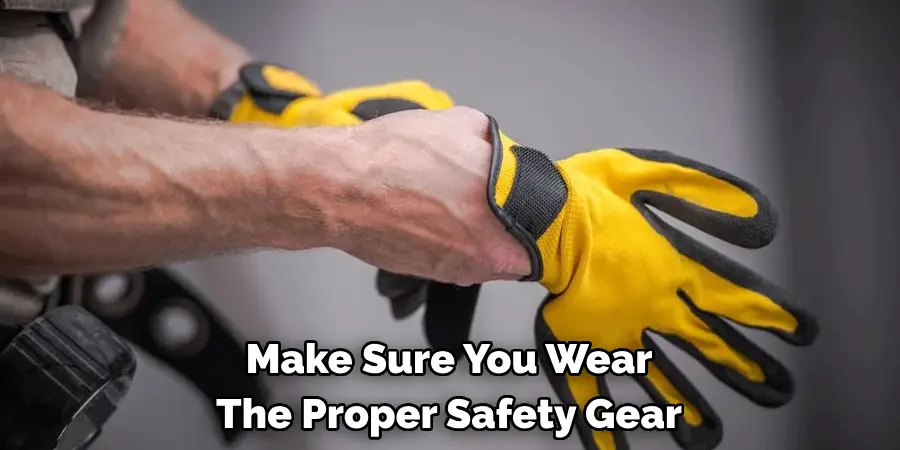
3. Proper Technique
When snaking your basement floor drain, it is important to employ the proper technique. Begin by feeding the snake into the pipe slowly and evenly until you reach the blockage. Then, turn the crank or switch on the electric auger to break up and clear away any debris. Finally, run water through the pipe to ensure that all of the debris has been cleared away.
The Tools You’ll Need
Before you begin snaking the basement floor drain, make sure you have all of the necessary tools on hand for the job. You’ll need:
- A power snake (also known as an auger)
- A screwdriver
- A bucket or other container to catch any water that may come up from the drain
- Safety goggles
10 Ways How to Snake a Basement Floor Drain
1. Protective Wear
Put on your safety goggles before you begin snaking the basement floor drain. Remember, your safety should always come first. Also, be sure to wear old clothes as you may get wet and/or dirty during the process.
2. Prepare the Floor Drain
Open up the drain cover and remove any debris that might be blocking the drain. After that, check to make sure there are no obvious clogs in the drain line itself. If possible, take a look inside of the pipe with a flashlight to see if you can spot the clog.
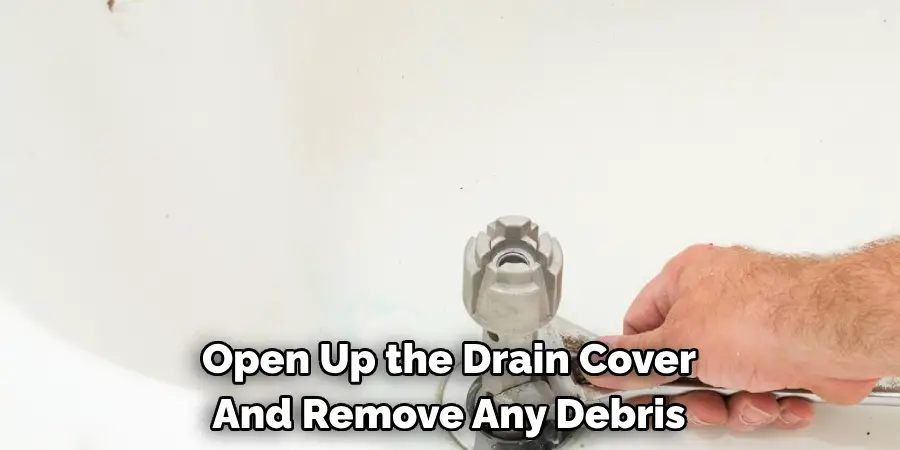
3. Attach the Snake
Attach the snake to your power drill and feed it down into the drain line until you feel resistance. This is most likely where the clog is located. Continue feeding the snake until it breaks through and clears out any blockage.
4. Pull Out The Snake
Once you’ve cleared out the clog, slowly and carefully pull out the snake from the drain line. Make sure to hold onto the snake at all times as it can be quite slippery when wet. Pulling out the snake too quickly can cause it to get stuck in the pipe.
5. Clear Out Debris
Once you’ve pulled out the snake, take a look at the debris that was blocked in the drain line and clear it out with your hands or a brush. This should help keep any future clogs from forming. Clearing out the debris from the drain line is an important step that shouldn’t be overlooked.
6. Reattach the Drain Cover
After clearing out any debris, reattach the drain cover and make sure it is secure. This will help ensure that no further clogs form in your basement floor drain. Reattaching the drain cover is also important for safety reasons, as it keeps anyone from accidentally falling into the drain line.
7. Test the Drain
Once you’ve reattached the drain cover, it’s time to test your work. Pour a few buckets of water down the floor drain and check to make sure that all of it is draining properly. If you notice any slowing or stoppage of the water, then you may need to repeat Step 3 and feed the snake down the drain line again.
8. Clean Up Any Mess
Once you’ve finished snaking a basement floor drain, it’s important to clean up any mess that was created during the process. This includes wiping down any surfaces that were affected by water or debris, as well as disposing of any trash that was removed from the drain.
9. Safety Check
Lastly, before you leave the area, be sure to check for any potential safety hazards. This includes making sure that all tools are put away and that the drain cover is securely attached. Safety should always be your top priority when dealing with basement floor drains.
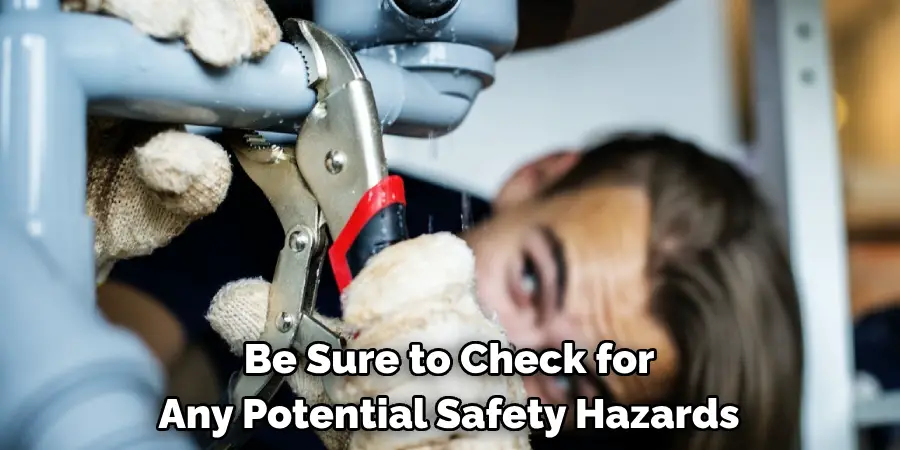
10. Enjoy Your Success!
Once you’ve successfully snaked a basement floor drain, enjoy the feeling of accomplishment that comes with completing such an undertaking. Not only have you saved yourself some money, but you’ve also made sure that your home is safe and free from any potential clogs or blockages.
By following the steps outlined in this blog post, you now know how to snake a basement floor drain with ease and confidence. With the right tools and knowledge, you can take control of any plumbing issue that arises at home – without breaking the budget or hiring a professional plumber.
8 Maintenance Tips to Follow After Snaking a Basement Floor Drain
After snaking your basement floor drain, it’s important to take steps to properly maintain the drainage system. Here are 8 maintenance tips you should consider following:
1. Regularly inspect the pipes and drains for any blockage or damage. Use an inspection camera to check for clogs, debris buildup, or rusting. Inspecting the pipes and drains regularly will help you identify potential problems early, so they can be addressed before they get worse.
2. Clean all drains and pipes with a strong cleaning solution on a regular basis. This will help prevent clogs from forming in the future, as buildup over time can cause blockages. If you notice any discoloration or odd odors coming from the drains, this is an indication that your pipes need to be cleaned.
3. Install a drain cover or hair catcher over the floor drain to prevent debris and other objects from entering the system. This will help keep large items out of the drainage system and reduce the likelihood of clogs.
4. Have your drainage system professionally inspected once a year to ensure that it is functioning properly. An experienced plumber will be able to check for any damage or blockage in the system and make any necessary repairs before they become bigger problems.
5. Make sure your basement floor drain is connected to a larger drainage system, such as a sump pump so that water can be redirected away from your home. This will help keep water from pooling around the foundation and reduce the chances of flooding or other water damage.
6. Keep all drains free of debris, such as leaves or twigs that could enter the system through the floor drain. If you notice any accumulation of debris, be sure to remove it promptly so it does not cause a clog in your drainage system.
7. If you notice any flooding or pooling of water around the basement floor drain, contact a plumber right away to investigate and repair the issue. This could be an indication that there is a blockage in the system that needs to be cleared out or repaired.
8. Make sure all pipes and drains are securely attached to the walls and floor. Loose pipes can cause water damage because they won’t be able to direct water away from your home properly.
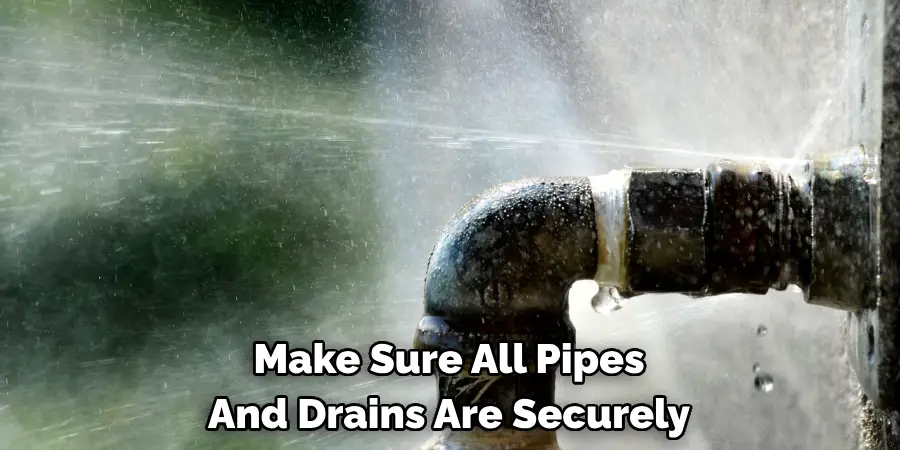
By following these maintenance tips, you’ll be able to ensure that your basement floor drains are clear of debris and functioning correctly. This will help keep your drainage system working efficiently for years to come!
Conclusion
Snaking the basement floor drain is an essential maintenance step for anyone with a flooded or clogged drain. Taking the time to properly and safely snake can save money, time, and headaches in the future. By following the easy steps highlighted here – from gathering materials to safety preparation – snaking can be done with ease and confidence.
Constructing a basin at the entrance of the basement floor drain can help catch any debris that is dislodged by the snake too. Knowing how to snake a basement floor drain will stand you in good stead when it comes to household plumbing duties. So don’t hesitate, get started snaking your own basement floor drain today!

